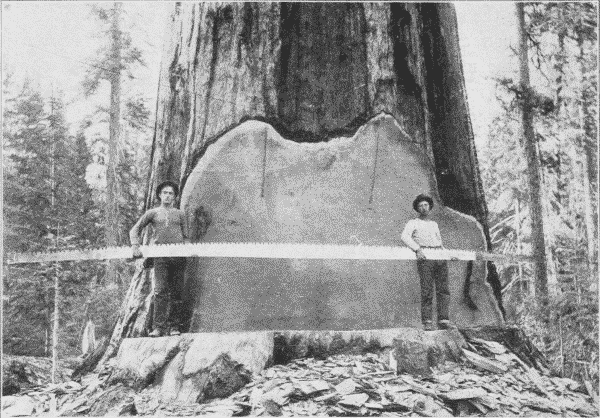


Full Story Link
Video Link
Posted: Feb 10, 2012 AM by Breanna Roy (KPAX News)
MISSOULA - There was once almost nothing bigger than the logging business in western Montana and the workers were as strong as the industry.
"There was a hearty breed," Society of American Forests State Chair Scott Kuehn said. "I mean, they lived out in camps 30-40 miles from the nearest town and it was horseback or train to get back to town. Those loggers; they were tough. The springboards, the crosscuts: they worked hard."
Now, a century later, the forests have changed as has the business of forestry.
"You know, you used to just throw your chainsaw on your back and go to work," Potomac mechanical logger Denny Iverson said. "Now you've got two $300,000 pieces of equipment that you've gotta maintain and keep workin'. So we've traded hard work for worry is about what we've done."
These days a team of three men can fill eight to 10 truckloads a day with logs and mechanical loggers capitalize on efficiency with expensive, state-of-the-art forestry equipment. Duke Whipple, also of Potomac, operates a feller-buncher.
"This machine's typically between $350,000 to $450,000," Whipple said. "So it's about $7 a pound, I suppose. About the same as a good steak."
Kuehn said Whipple's feller-buncher has put about six loggers out of work, but it's helped save the logging industry.
"The trouble with the sawyers is, they would only be able to fall the trees and leave them right there at the stump," Kuehn said. "This machine can cut 'em, grab 'em and pack 'em and put 'em in a pile."
The way the state's forests are managed has changed just as much as the logger and logging equipment over the past century.
"A lot of the trees that you see marked to leave here are the bigger, healthier ones," Kuehn said, pointing out one marked to save for wildlife. "You know, 40, 50, 60 years ago, we'd probably be cutting those. Today's world, you're leaving those trees for the next generation."
"A lot of what used to get just thrown into the brush pile and burned is now going to a mill for pulp or something," Iverson said. "And that's a result of the equipment we have today. We can economically do it."
But many environmentalists still criticize logging in its entirety.
"They think that you're harvesting timber, you're killing trees unnecessarily, which is not necessarily the case anymore," Whipple said.
A chunk of Montana's harvest nowadays is actually dead Ponderosa pine trees that have been killed by mountain pine beetle, but are still marketable.
Montana State University Extension Forestry specialist and private landowner Peter Kolb says some forests are best left alone, but he believes others, like the 20 acres he manages, benefit from selective cutting.
"Wilderness areas are very important to have, but managed forests are also very important to have," Kolb said. "It's not all or nothing. I mean think of it: this forest reestablished itself within 100 years without a lot of help. So these forests are remarkably productive, remarkably resilient, and wood is the ultimate of all renewable natural resources."
A hearty breed of lumberjacks still exists in Montana's forests today and they say this time they're consciously clearing the way for another generation of growth. But it's hard to imagine the industry ever returning to its heyday.
"The big wood, we'll never see again," Whipple said. "Unfortunately, we'll never live that long."
While the timber economy may never be as big as it once was, the loggers hope with each tree they leave in the forest, they also leave a legacy for the next generation to work in the woods.




No comments:
Post a Comment